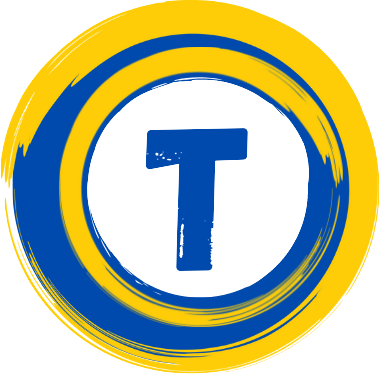PATENT TRANSLATION
Knowledge and technology are expanding across the globe. Patents applications are increasingly taking place alongside the need for its translation. According to the World Intellectual Property Organization (WIPO), in 2014 alone, more than 76,000 U.S. patents and 100,000 European patents were translated into other languages.
WHY ARE PATENT APPLICATIONS TRANSLATED?
Patents translation is a process that involves adapting the content of a patent to a language different from the original. The primary aim of this process is to ensure that the protected invention is transmitted to an international audience and - importantly! - can be assessed and implemented by others. The main reasons for the translation of a patent are:
- REQUEST FOR A NATIONAL PATENT OFFICE APPROVAL (Intellectual Property protection in a country or region often requires the application to be submitted in the official language of the country).
- LITIGATION (in patent infringement proceedings, patents can be presented as proof of the previous art. In some cases, more than one person or institution can claim the authorship of the invention).
- IMPLEMENTATION of technology and RESEARCH interest (the patent document can be needed for the exploitation of the related invention or for developing an improved invention).
WHY IS SO IMPORTANT AN ACCURATE TRANSLATION OF THIS SPECIAL TYPE OF DOCUMENTS?
A patent application describes the key aspects that make a product, technology, or process unique. These elements are the cornerstone of an innovation protected by a patent because they provide the requirements of inventive activity or originality.
Also, after reading a patent disclosure, the target audience should understand what is the main problem that this invention addresses, accounting for the applicability.
At last, but not least, the translation should reflect - as accurately as possible - the uses or implementations proposed by the inventors (it must guarantee that the person who reads the patent can understand HOW to benefit from it).
Thus, to ensure that the document can be properly evaluated by legal or scientist investigators and the general public, the translation must provide:
- ACCURATE AND CONSISTENT TERMINOLOGY
- ADHERENCE TO THE LEGAL VOCABULARY
- STRICTLY TRANSMISSION OF THE USES AND SCOPE OF THE PATENT DOCUMENT
WHAT ARE THE TOP TECHNICAL FIELDS PATENTED?
According to the WIPO Statistics, the top 5 technical fields in PCT applications during 2020 were:
- Computer technology
- Digital communication
- Electrical machinery, apparatus, energy
- Transport
- Medical technology
Up to know it’s the landscape for 2021 patent application. Nevertheless, our increasing need for more efficient ways of communication and health care services prompt us to envision that these key technologies will hit the top of patent applications.
For more information about our specialization fields, visit tranexpat.com
Source:
https://www.upcounsel.com/patent-translation
https://www.wipo.int/edocs/infogdocs/en/ipfactsandfigures/
https://www3.wipo.int/ipstats/index.htm
Author: K. Salazar Díaz (Ph.D. in Biochemistry)
